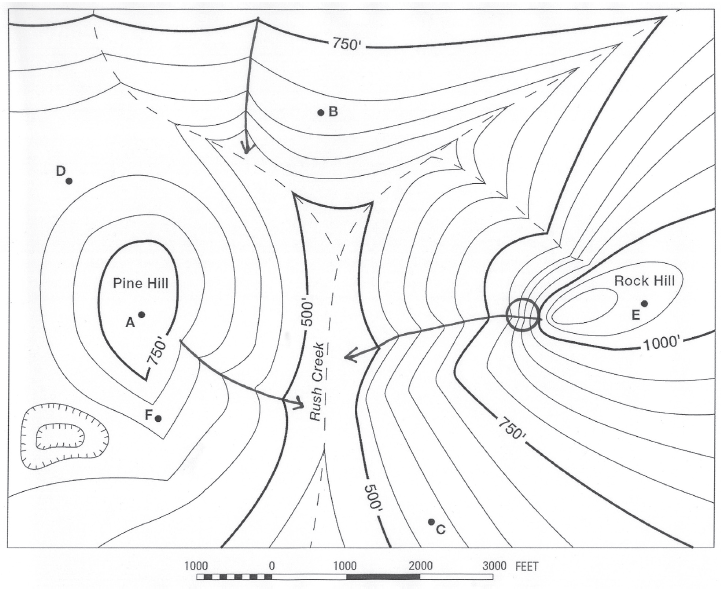What is the octet rule? Describe how it explains the behavior of atoms in forming ionic and covalent bonds
What will be an ideal response?
Answer: The octet rule is the generalization that atoms tend to gain, lose, or share electrons until they are surrounded by eight valence electrons. Although there are exceptions to the octet rule, it is a useful rule of thumb for understanding chemical bonding. It is because of the octet rule that two atoms of hydrogen will share their valence electrons in a covalent bond, and it also explains why sodium will give up an electron from its outer shell to a chlorine atom. The sodium thus goes from have one of eight valence electrons positions occupied to dropping down a valence level, gaining a positive charge, and having a "full eight" electrons in its new, lower valence level. The chlorine, in contrast, gains an electron to add to its pre-bonding seven electrons in its outer valence shell and also gain a full complement of eight. But that extra electron brings with it a negative charge, so chlorine is now an anion. Because opposites attract, the sodium cation and the negatively-charged chlorine are now bonded together into the ionic compound known as halite, or table salt.
You might also like to view...
What is the elevation of Point C?
The question is based on this contour line map with elevations shown in feet.
• North is to the top of the map.
• Streams are shown with dashed lines.
• A graphic scale for measuring horizontal distances is shown below the map.
• Estimate elevations between contour lines to the nearest half-contour interval; assume that the top of a
hill is one-half-contour interval higher than the highest contour line shown.

What will be an ideal response?
What process produces most caves?
A) the dissolving action of groundwater on rock, especially on limestone B) the dissolving action of groundwater on rock, especially on marble C) the dissolving action of streams on rock, especially on marble D) the dissolving action of glaciers on rock, especially on marble
Most volcanoes are located in:
a. the Mediterranean belt. b. the mid-oceanic ridges. c. the circum-Pacific belt. d. the East African Rift Zone. e. Indonesia
What are the two sources of energy for the Earth system?
a. the revolution of the Earth along its orbit, which drives external processes, and heat inside the Earth, which drives internal processes b. the sun, which drives external processes, and the Earth's rotation, which drives both external and internal processes c. the revolution of the Earth along its orbit, which drives external processes, and the Earth's rotation, which drives internal processes d. the sun, which drives external processes, and the Earth's rotation, which drives internal processes e. the sun, which drives external processes, and heat inside the Earth, which drives internal processes